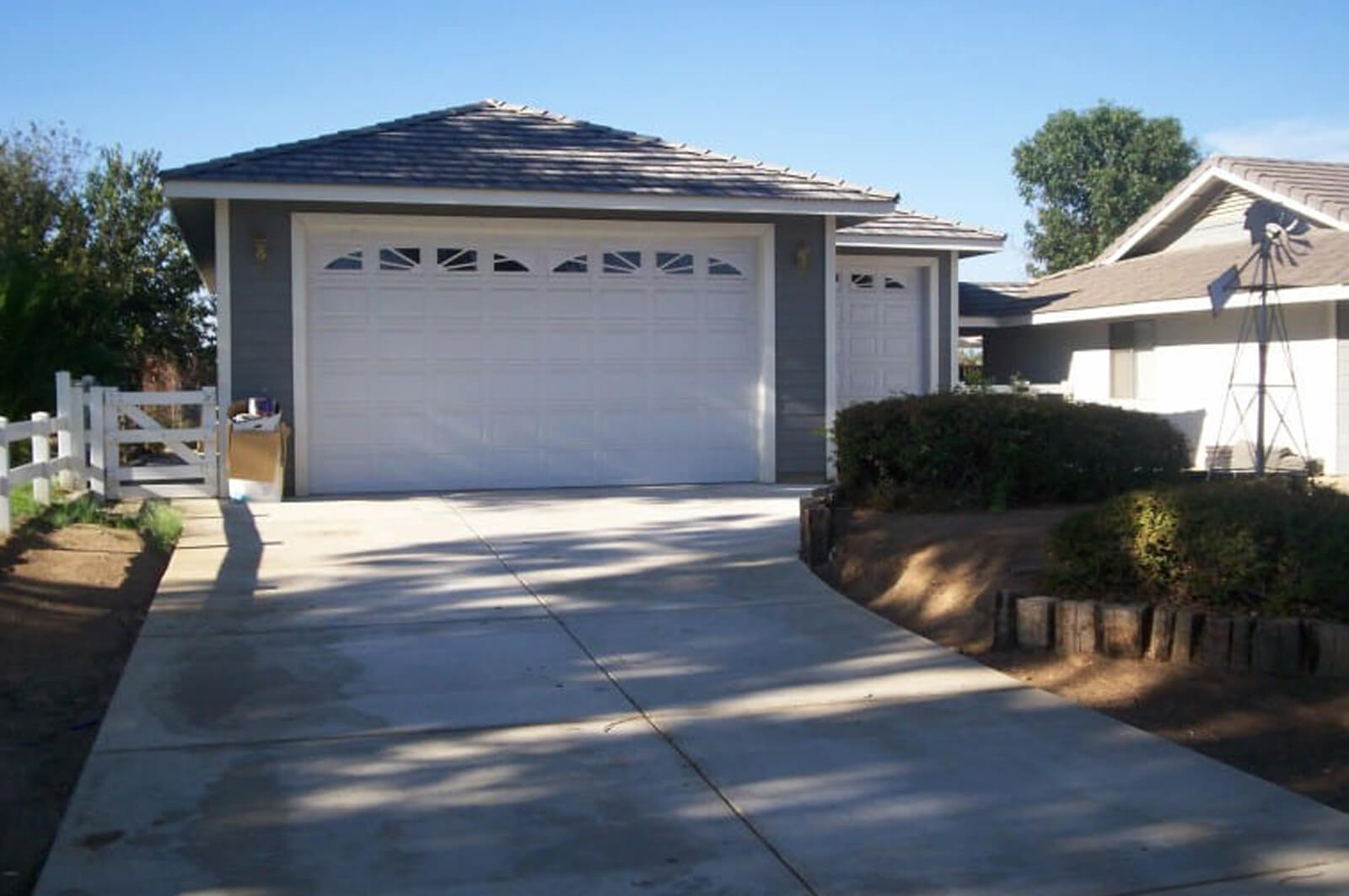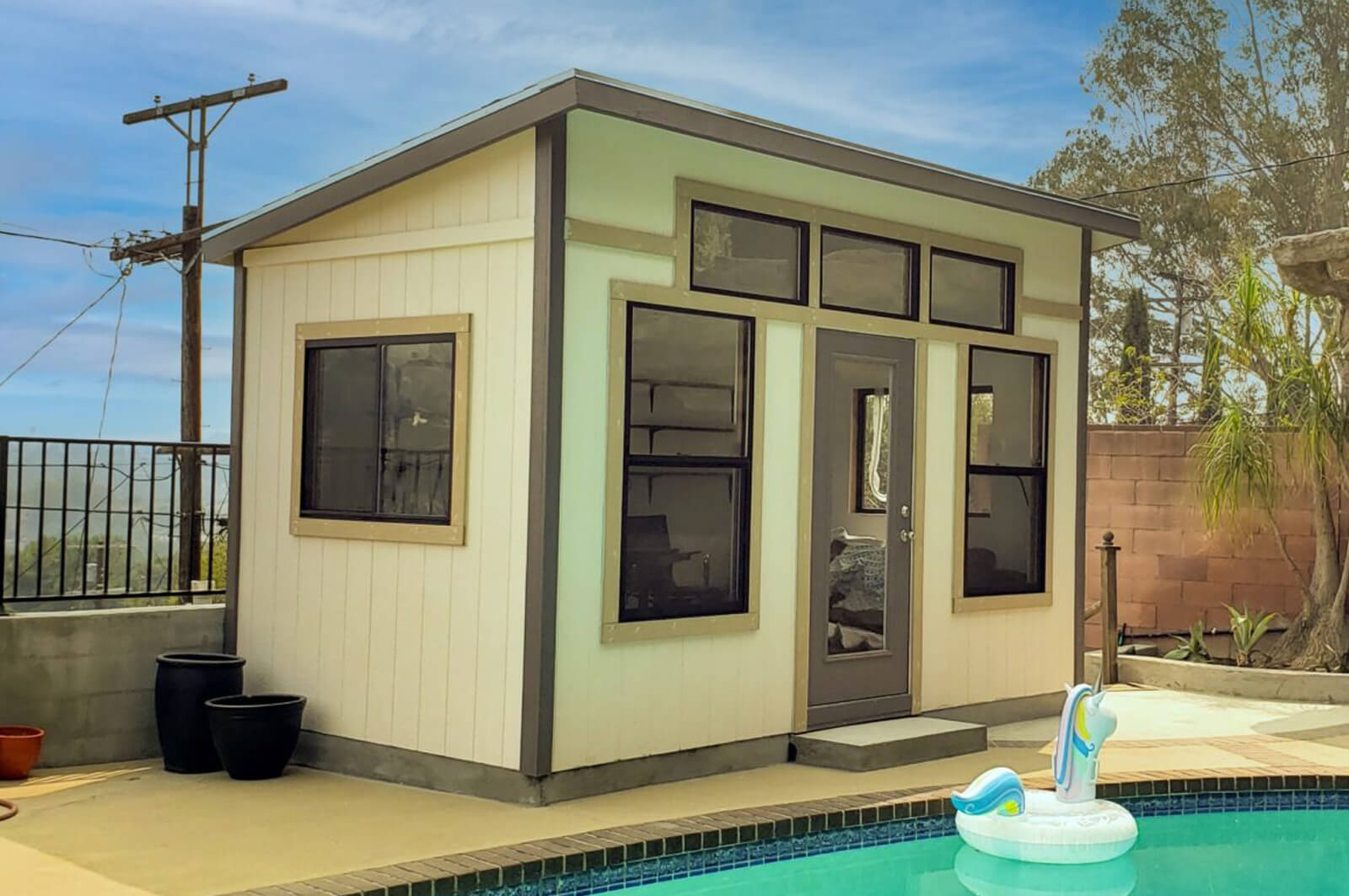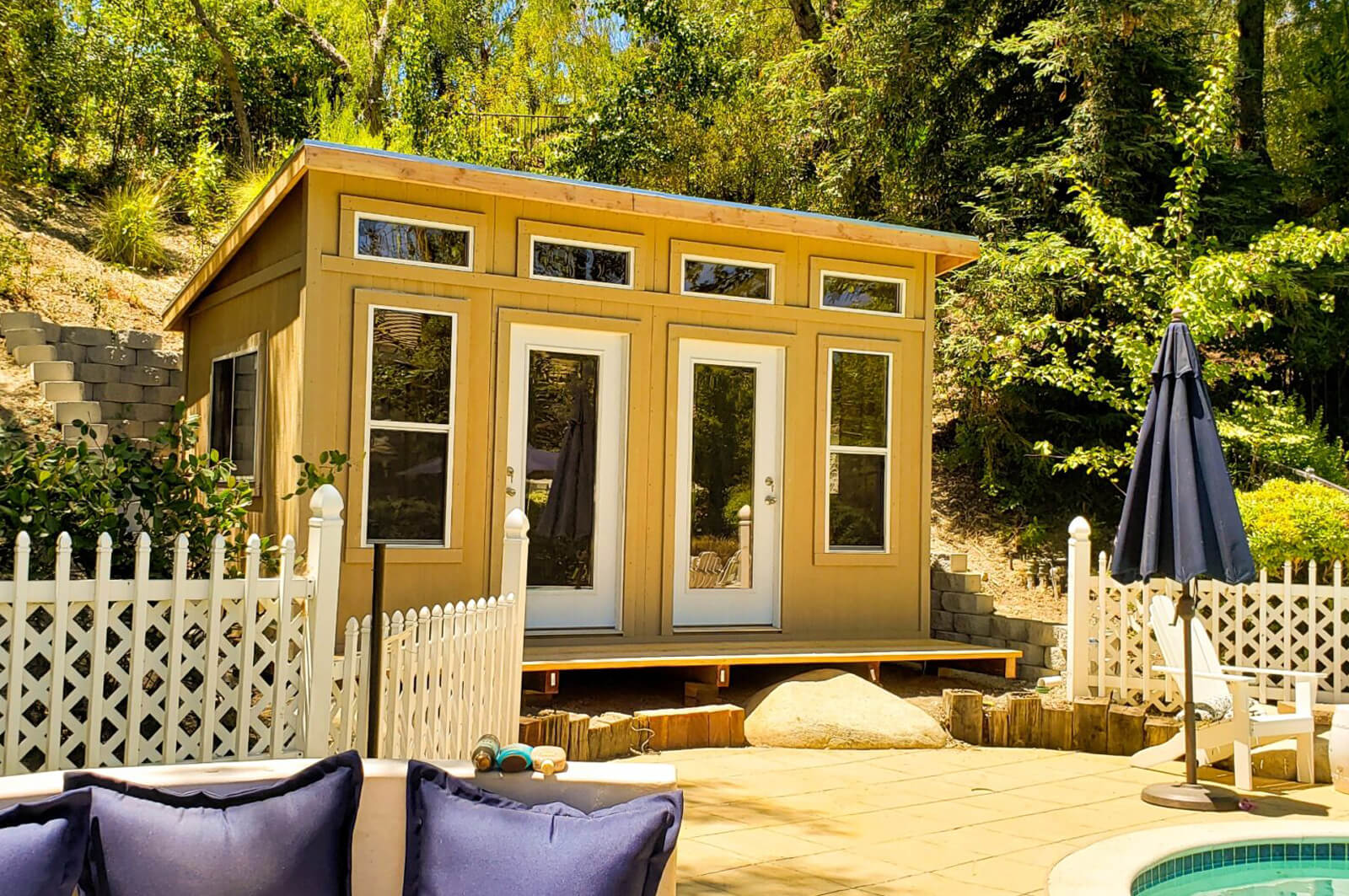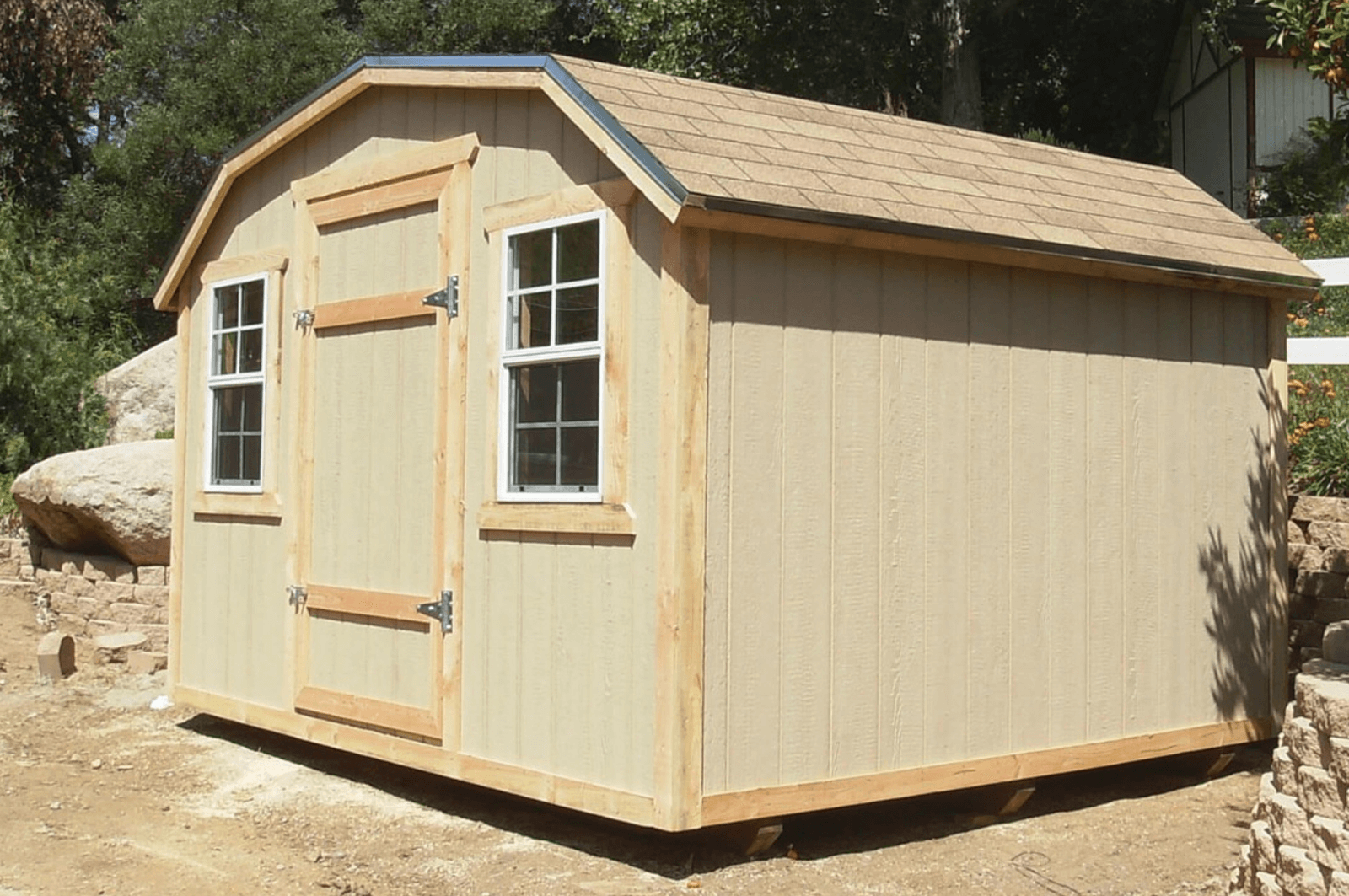If you live in a planned community or a neighborhood with a homeowners association (HOA) in Southern California, you probably already know that there are rules for everything, from the color of your front door to how tall your grass can be. So it’s no surprise that adding a shed to your backyard often requires a bit of red tape. While sheds are a practical and attractive way to gain extra storage, create a home office, or build a personal retreat, getting one approved in an HOA community can be tricky if you’re not prepared.
In this blog, we’ll walk you through what you need to know to stay on your HOA’s good side and get the storage shed you want.
Step One: Know Your HOA’s CC&Rs
Every HOA operates under a set of rules called Covenants, Conditions, and Restrictions (CC&Rs). These outline what’s allowed (and not allowed) in your neighborhood, including sheds, detached garages, pergolas, fences, etc.
Here are a few things typically addressed in the CC&Rs when it comes to sheds:
- Maximum shed size (height, width, and square footage)
- Required distance from fences, homes, and property lines (setbacks)
- Roof pitch and material to match the house
- Exterior color to complement the main home
- Type of siding (wood, vinyl, metal, etc.)
- Whether a foundation or anchoring system is required
- Visibility from the street or neighboring homes
Your HOA may even prohibit sheds altogether or limit where they can be placed on your property. Always start by requesting a copy of the most up-to-date CC&Rs and design guidelines before planning your shed.
Step Two: Prepare for the Approval Process
In most HOA neighborhoods, you must submit an application to an architectural review committee before building anything. This usually includes the following:
- A detailed site plan showing where the shed will go
- A drawing or photo of the shed, including dimensions
- A list of materials and colors
- Sometimes, even photos of your backyard from multiple angles
It can feel intimidating, but it’s often just a formality, especially if your shed is modest and matches your home’s aesthetic. At Quality Sheds, our team can provide spec sheets, renderings, and material samples, making the approval process smoother and faster.
Step Three: Think Ahead About Placement
One of the biggest reasons HOAs deny shed applications is poor placement. Many neighborhoods don’t want sheds that are easily visible from the street or neighboring yards. Privacy, consistency, and aesthetics are all top-of-mind for HOA boards.
To improve your chances of approval, consider the following:
- Place the shed in a back corner of your yard, if possible
- Use existing landscaping or plan new plantings to soften the view
- Keep it low-profile (under 8 feet tall is a common requirement)
- Match the color and roofline to your house
A well-placed shed that looks like it belongs in your backyard is far less likely to raise concerns.
Step Four: Choose Materials and Colors Strategically
HOAs tend to be picky about what materials are used. A brightly colored metal shed with a flat roof might fly in rural areas, but it could be a no-go in a Southern California HOA community. That’s why Quality Sheds offers a wide range of customization options to help you stay compliant and get a look you love. We can match your home’s paint, roof shingles, trim details, and even add decorative elements like window boxes or shutters.
Sometimes, making the shed match your home’s exterior is enough to win approval, even in stricter neighborhoods.
Step Five: Don’t Build Without Permission
In an HOA community, jumping the gun can lead to real problems. If you install a shed without written approval, your HOA can fine you daily until it’s removed or even take legal action. We strongly recommend waiting until you get written approval before you install. Some HOA boards meet only once a month, so plan and be patient. It’s worth the wait to avoid drama and extra costs.
Shop Custom Sheds in Menifee, CA, at Quality Sheds
HOAs can feel like a headache, but they don’t have to stand in the way of getting the storage building you want. With the right approach, most shed projects are fully approvable, especially if you’ve got a team that knows the process. At Quality Sheds, we’ve worked with dozens of HOA communities across Southern California.
Our dedicated team knows what they look for, what to avoid, and how to help you confidently navigate the approval process. From paperwork to placement, we’ve got your back.
Thinking about adding a shed to your HOA-regulated property in Southern California?
Reach out to Quality Sheds. We’re happy to help you with every step of the process, from design to delivery. Explore our selection of custom buildings today.








